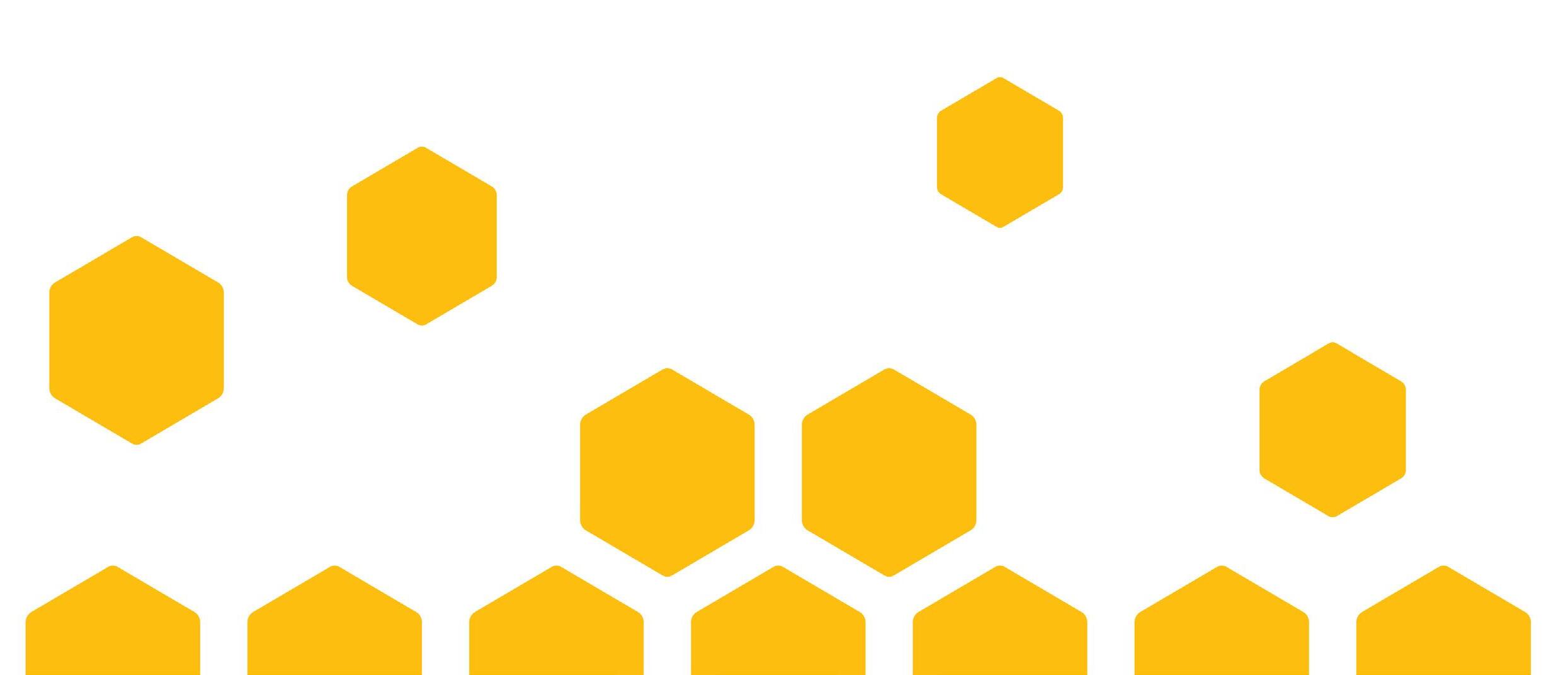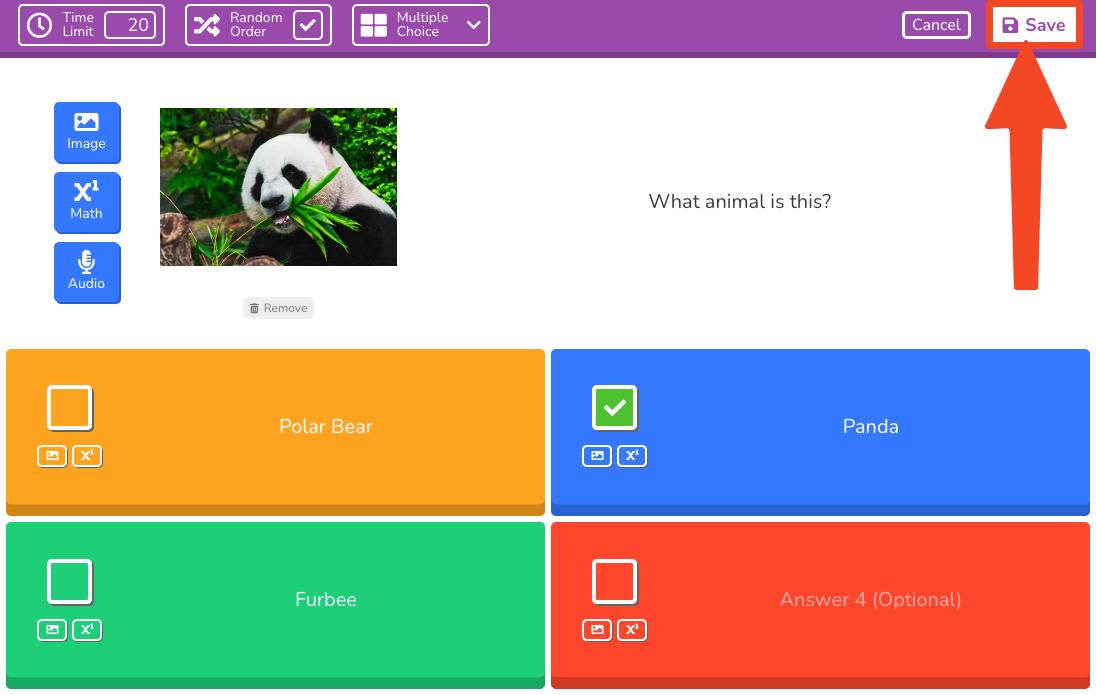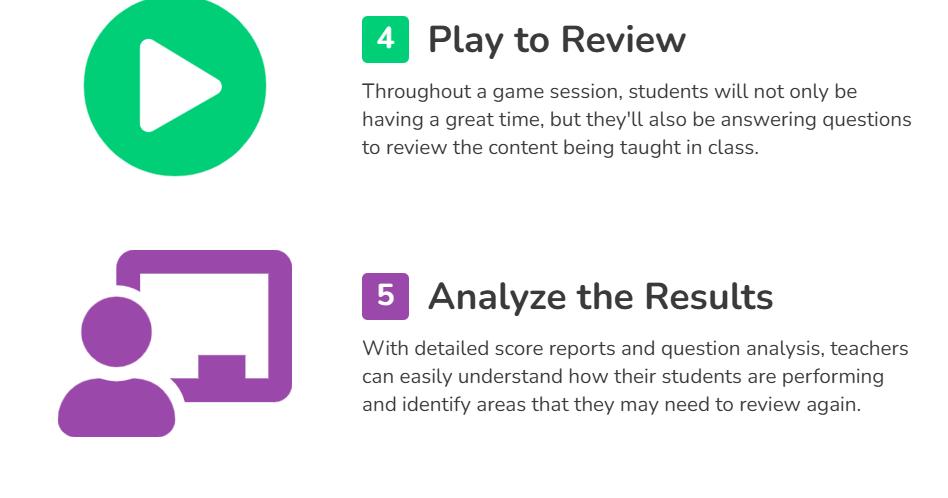
6 minute read
UX HONEYCOMB A Sweet Analysis
Dr Ace Hulus buzzes us through Blooket using Peter Morville’s timeless UX framework.
Learning vocabulary once involved the familiar trio of flashcards, memorisation drills, and surprise quizzes. Today’s game-based learning platforms, such as Blooket, where students race characters to learn, make those old methods seem ancient. What distinguishes truly engaging EdTech tools from those that fail to capture students’ interest?
A new study examined students’ opinions of Blooket (example and instructions presented below), revealing both its strengths and weaknesses as a gamified EdTech tool. Using the UX Honeycomb framework developed by Peter Morville, we can analyse why certain gamified EdTech tools are successful and others are not.



To succeed, future EdTech platforms must master all seven facets of the UX Honeycomb. They’ll be:
Genuinely useful for specific learning objectives
Usable under real classroom conditions
Desirable enough to motivate continued engagement
Findable for both content discovery and progress tracking
Accessible to students with diverse needs and abilities
Credible in delivering promised learning outcomes
Valuable for students, teachers, and educational institutions
Building Better Educational Experiences
EdTech designers and educators can use the UX Honeycomb as a practical evaluation framework. Before launching or using another game-based learning platform in the classroom, consider:
Does this solve a real educational problem? (Useful)
Can students use this in actual classroom conditions? (Usable)
Will students choose to engage with this? (Desirable)
Can students find and track their learning? (Findable)
Does this work for students with diverse needs? (Accessible)
Do students trust this to help them learn? (Credible)
Does this deliver measurable educational value? (Valuable)
The Sweet Spot: Where Gaming Meets Learning
In a study of 40 Indonesian junior high students, 72.5% found Blooket’s visuals helpful for learning vocabulary, and 62.5% used newly learned words in their own sentences. These statistics aren’t just numbers; they prove that effective UX design has a real educational impact.
The situation becomes more complex when considering the significant challenges students reported. Difficulties with internet connectivity, device performance, and dictionary use during gameplay revealed a significant gap between the intended user experience and the actual one.
Frameworks such as the UX Honeycomb are crucial for a deeper evaluation of gamified EdTech tools, going beyond superficial engagement metrics.
Applying the Honeycomb: Seven Facets of EdTech Success
Let’s assess Blooket’s effectiveness by applying Morville’s framework and incorporating the above-stated student opinions to pinpoint its successes and shortcomings.
Useful: Does It Actually Teach?
The Good: Students found Blooket helpful in learning new vocabulary, using context clues and visuals. The platform successfully addressed the core educational need by making vocabulary acquisition more engaging and less tedious.
The Reality Check: The usefulness is highly dependent on the specific implementation. Assigning Blooket without a clear pedagogical plan yielded less learning than integrating it thoughtfully into lesson plans.
The Lesson: Effective gamified EdTech tools prioritise aligning features with learning objectives, not just the features themselves.
Usable: Can Students Actually Use It?
The Challenge: Despite Blooket’s moderate success in vocabulary retention among 45% of students, usability issues arose due to technical problems. Many users found the slow internet, device compatibility issues, and inability to multitask, such as looking up words while gaming, frustrating.
The Design Opportunity: Effective educational games must be designed for real-world classroom settings, not idealised technological ones. This incorporates offline capabilities, streamlined design, and built-in reference materials.
Desirable: Do Students Actually Want to Use It?
The Win: The competitive, game-like atmosphere really got everyone excited. Students found the experience both fun and competitive, and many continued playing on their own after class.
The Hook: By using visual design and game mechanics, we turned boring vocabulary practice into something students wanted to do. The racing game mode was especially captivating, leading to what researchers term “addictive” learning.
Findable: Can Students Navigate Learning?
The Mixed Results: Blooket’s gameplay is intuitive, but finding educational content is difficult. Without teacher guidance, students found it difficult to locate specific vocabulary and review past material.
The Opportunity: Game-like navigation and easy-to-find learning materials are both crucial for educational platforms. Students need easy access to progress tracking, review of difficult topics, and related materials.
Accessible: Does It Work for Everyone?
The Gap: Accessibility was limited. Premium accounts are needed to access audio features, which disadvantages auditory learners and students with reading challenges. Quick-paced visuals might exclude some students with disabilities.
The Necessity: Real educational equity means building diverse learning platforms from the start, not adding them on later as premium features.
Credible: Do Students Trust the Learning?
The Success: The students’ independent creation of vocabulary lists and application of newly learned words in different contexts demonstrated their confidence in Blooket’s educational value. Real-time feedback boosted their confidence in their learning.
The Foundation: EdTech credibility hinges on transparent learning outcomes and consistently reliable experiences that showcase student progress.
Valuable: Does It Deliver Real Educational ROI?
The Evidence: Measurable learning was demonstrated: students actively learned and used new vocabulary. The effectiveness, however, greatly depends on the technical infrastructure and teacher training.
The Reality: Education’s value lies not only in student engagement but also in achieving lasting learning outcomes that warrant the time and resources dedicated.
Beyond the Honeycomb: The Real EdTech Challenge
A UX Honeycomb analysis of Blooket highlights a key finding: most educational technology prioritises the “desirable” aspect at the expense of others. We design engaging, game-like learning experiences, but often fall short on usability, accessibility, and long-term educational impact.
This directly relates to larger discussions of fairness in educational technology. Educational inequalities continue when the design of EdTech tools fails to account for the varied needs of users, including their learning styles, technical capabilities, and personal situations.
The Buzzing Conclusion
Blooket embodies both the potential and the difficulties inherent in modern EdTech tools. When students report that they’re not just enjoying the games but actually learning and applying new vocabulary, we see the potential of well-designed educational technology. When they struggle with technical barriers and accessibility issues, we see the work still to be done.
The UX Honeycomb provides a framework for evaluating and creating genuinely transformative educational experiences, not just digitally distracting ones.
Let’s create EdTech tools that excel in every aspect of user experience as we continue shaping the future of education. Top-tier EdTech is engaging, accessible, equitable, and genuinely educational.
The question isn’t whether students will buzz with excitement about our latest educational game. The question is whether that buzz translates into sustained learning that serves all students, regardless of their technical access, learning preferences, or individual needs.
Now that’s what I call a sweet educational experience.

Dr Asegul (Ace) Hulus is an Assistant Professor, Lecturer, Researcher and Author in Computing, and a regular contributor to Dirtyword.
Learn more about her work and connect wth her here: https://www.linkedin.com /in/asegulhulus/










